After Violent Protests, What Is to Become of Brasilia’s Modernist Buildings?
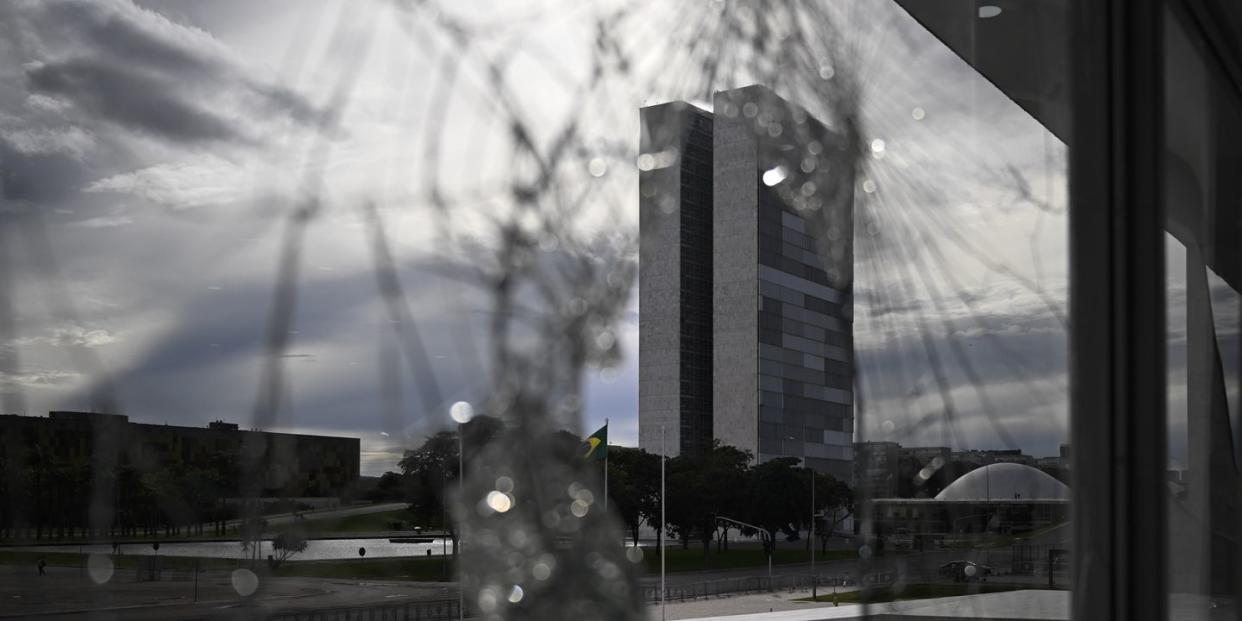
- Oops!Something went wrong.Please try again later.
- Oops!Something went wrong.Please try again later.
Above: A view of the National Congress of Brazil through a smashed window Tuesday.
The scene Sunday unfolded like something out of dystopian fiction, one eerily familiar to viewers in America: Thousands of supporters of ousted Brazilian president Jair Bolsonaro stormed into the capital, Brasília, to protest what they claimed to be a stolen election. The demonstrators flooded and ransacked the government campus—a paragon of Brazilian modernism planned by Lúcio Costa with sweeping white buildings designed by Oscar Niemeyer—as they wound their way through Brasília’s Congress, Supreme Court, and Palácio do Planalto, the official presidential office.
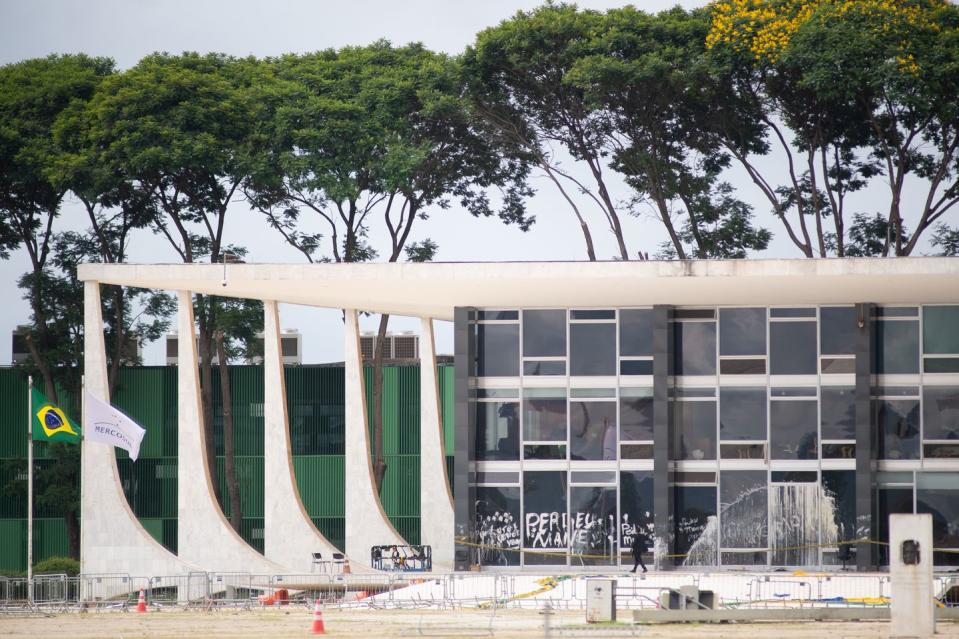
Authorities quashed the riots and, by Monday, had detained some 1,500 demonstrators. Cultural authorities, however, are still assessing the damage done to Brasília’s government campus, which has been a UNESCO World Heritage site since 1987. Reports, as well as photographs of the riot’s aftermath, depict smashed windows, defaced sculptures, and slashed artworks.
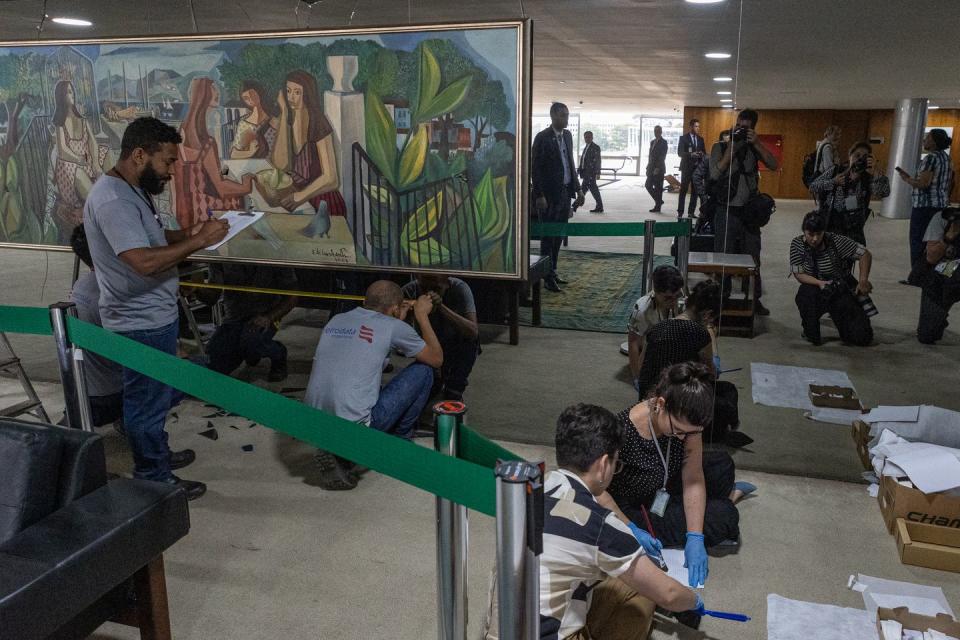
UNESCO’s Brasília outpost said that it “regrets and strongly repudiates the events” and is working with Brazil’s Ministry of Culture to assess the damage. “UNESCO is currently supporting the Brazilian authorities in the inventory of the damage to undertake the necessary restorations,” echoed Clare O’Hagan, a UNESCO spokesperson, in an email.
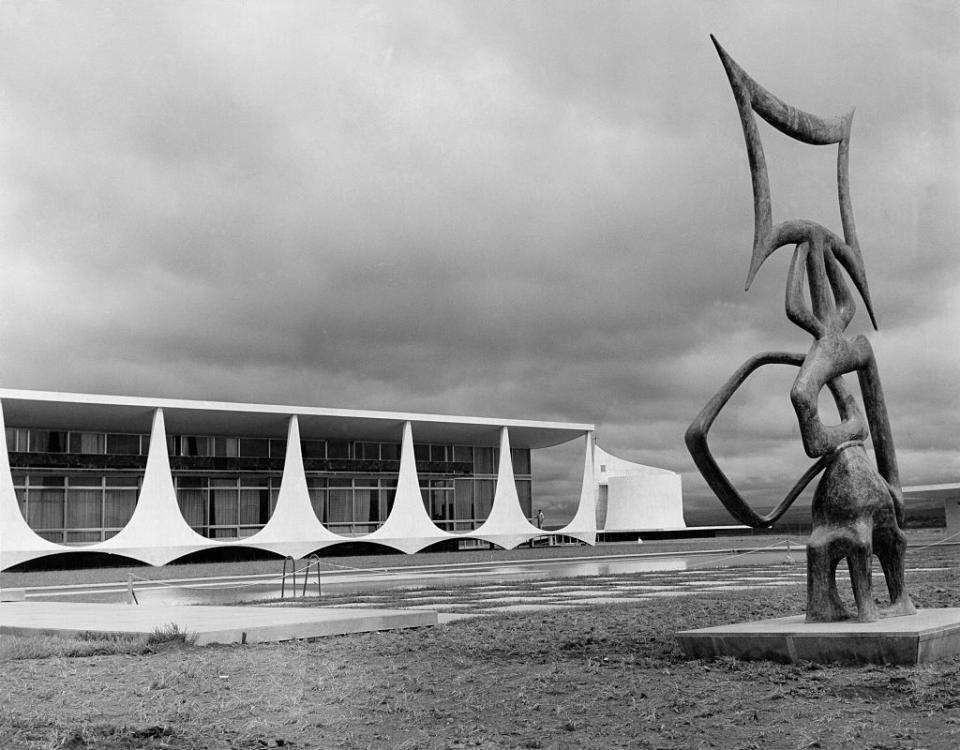
When it was completed in 1960, Brasília, with its open, verdant spaces and utopian modernist buildings, was heralded as a triumph of architecture and urban planning and an embodiment of modernist ideals. Construction of the new capital was the vision of then president Juscelino Kubitschek, who worked with Lúcio Costa, a student of Le Corbusier, to plan the glittering new administrative city. Notable buildings, designed by Niemeyer, include the presidential offices, Palácio do Planalto with its light-as-air, marble-clad facade; National Congress of Brazil, with its low-slung cup-and-saucer roof; and a futuristic hyperboloid cathedral.
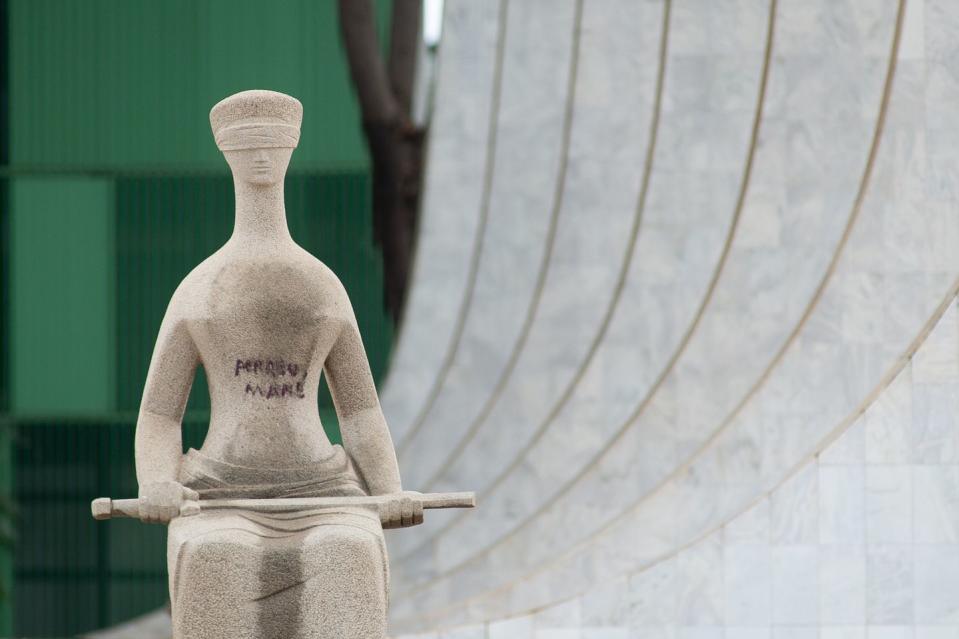
UNESCO could confirm that several of the Oscar Niemeyer buildings had sustained damage and that a handful of valuable works of art, including As Mulatas, a painting by Brazilian painter Emiliano Di Cavalcanti estimated to be worth $1.5 million; the stained-glass window “Araguaia” by French-Brazilian artist Marianne Peretti, and the sculpture A Justiça, an abstract figure of a blindfolded woman that sits in front of the Supreme Court building by Alfredo Ceschiatti, had been either defaced or possibly fully destroyed.
This is a developing story and will be updated as ELLE DECOR receives more information.
You Might Also Like
